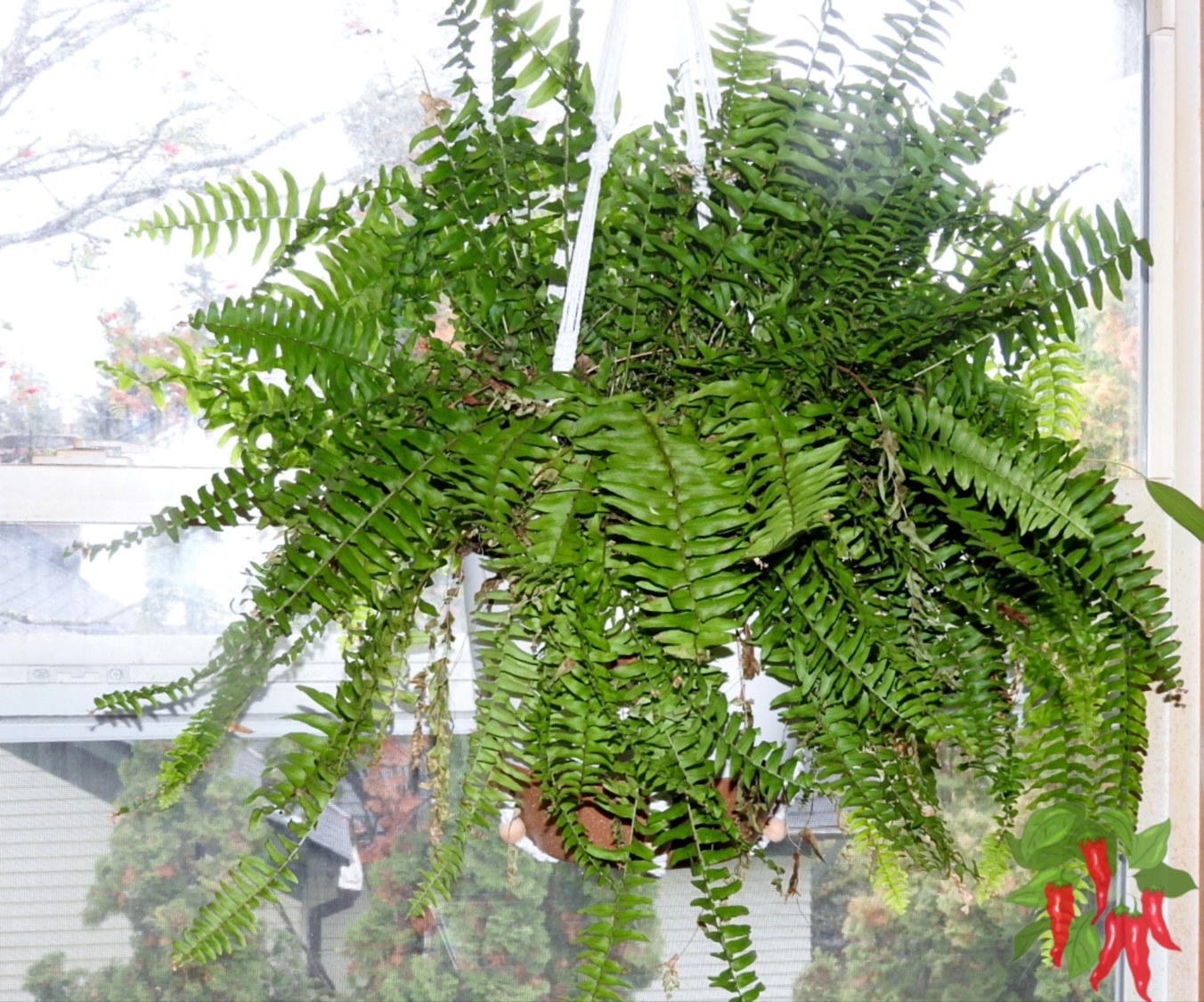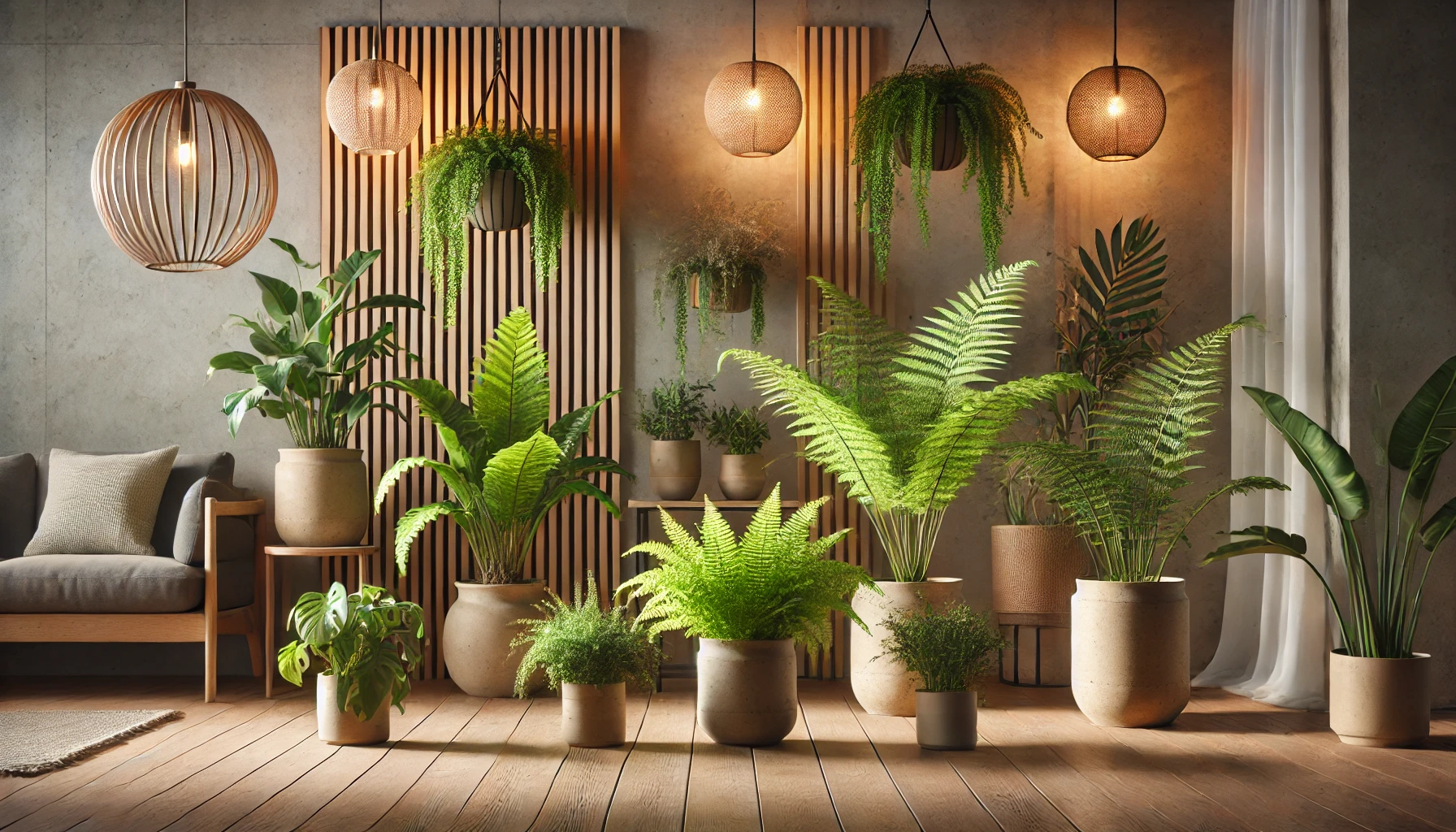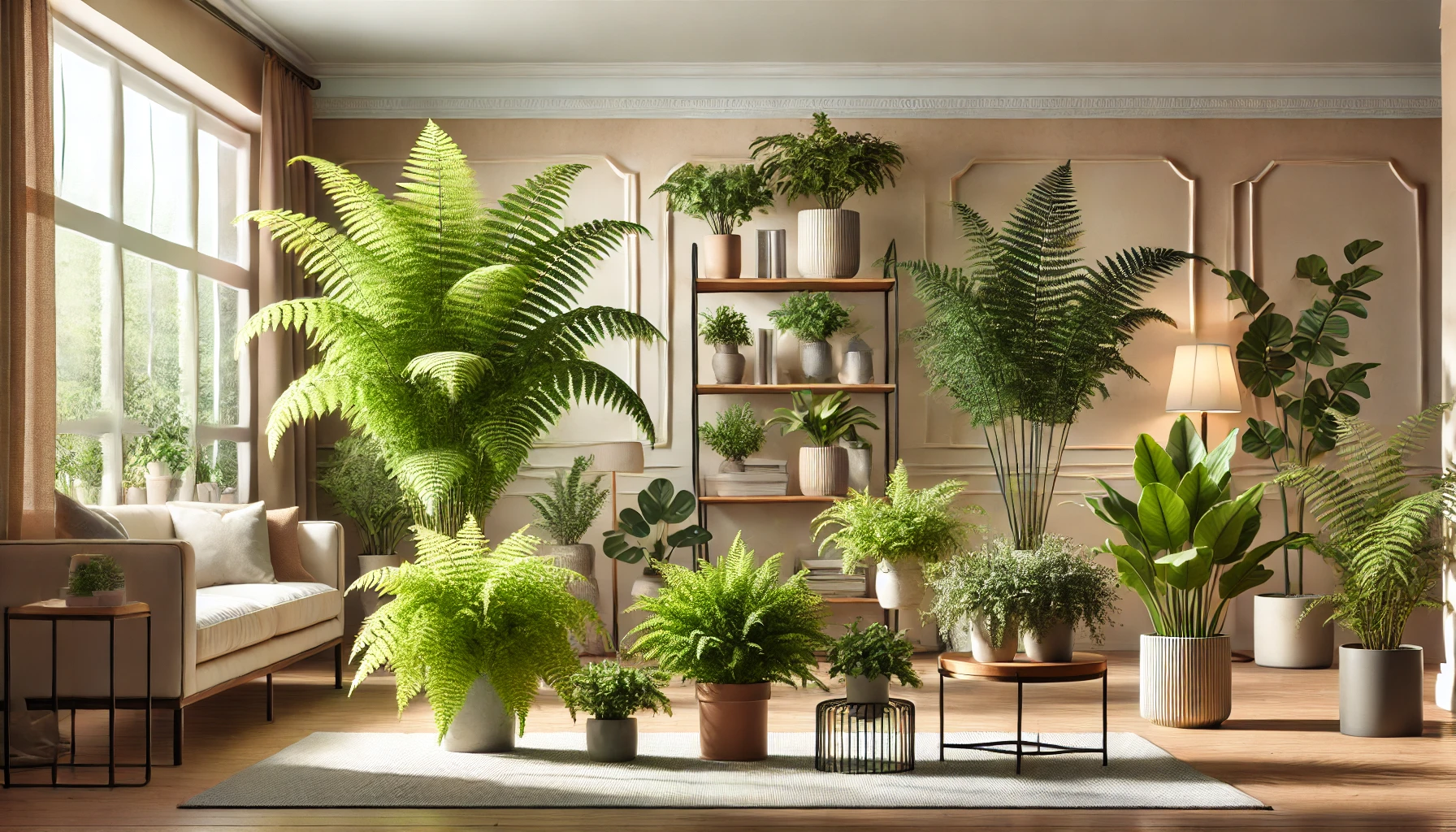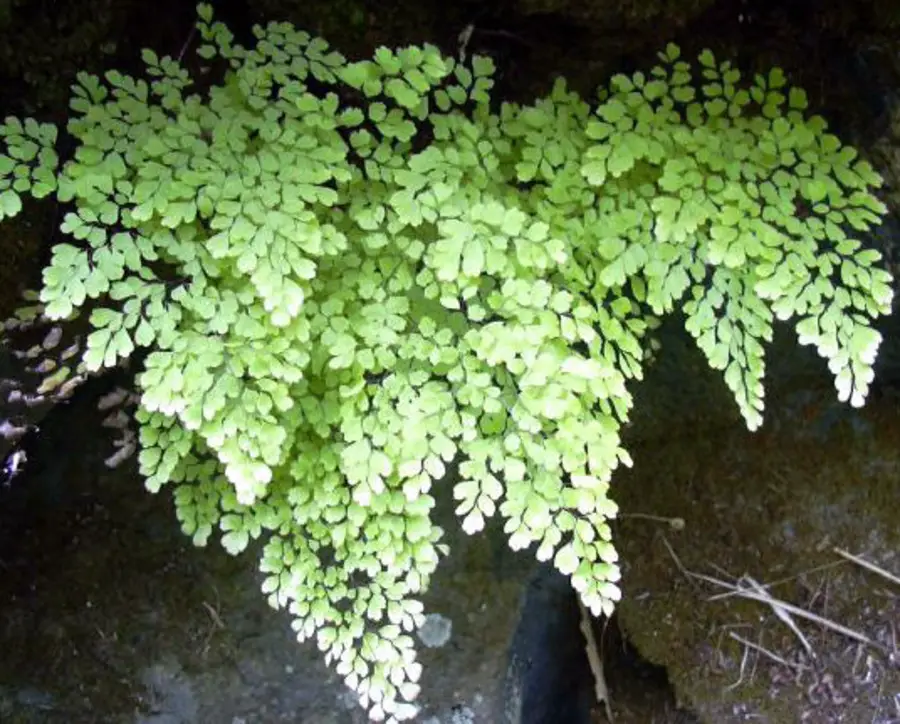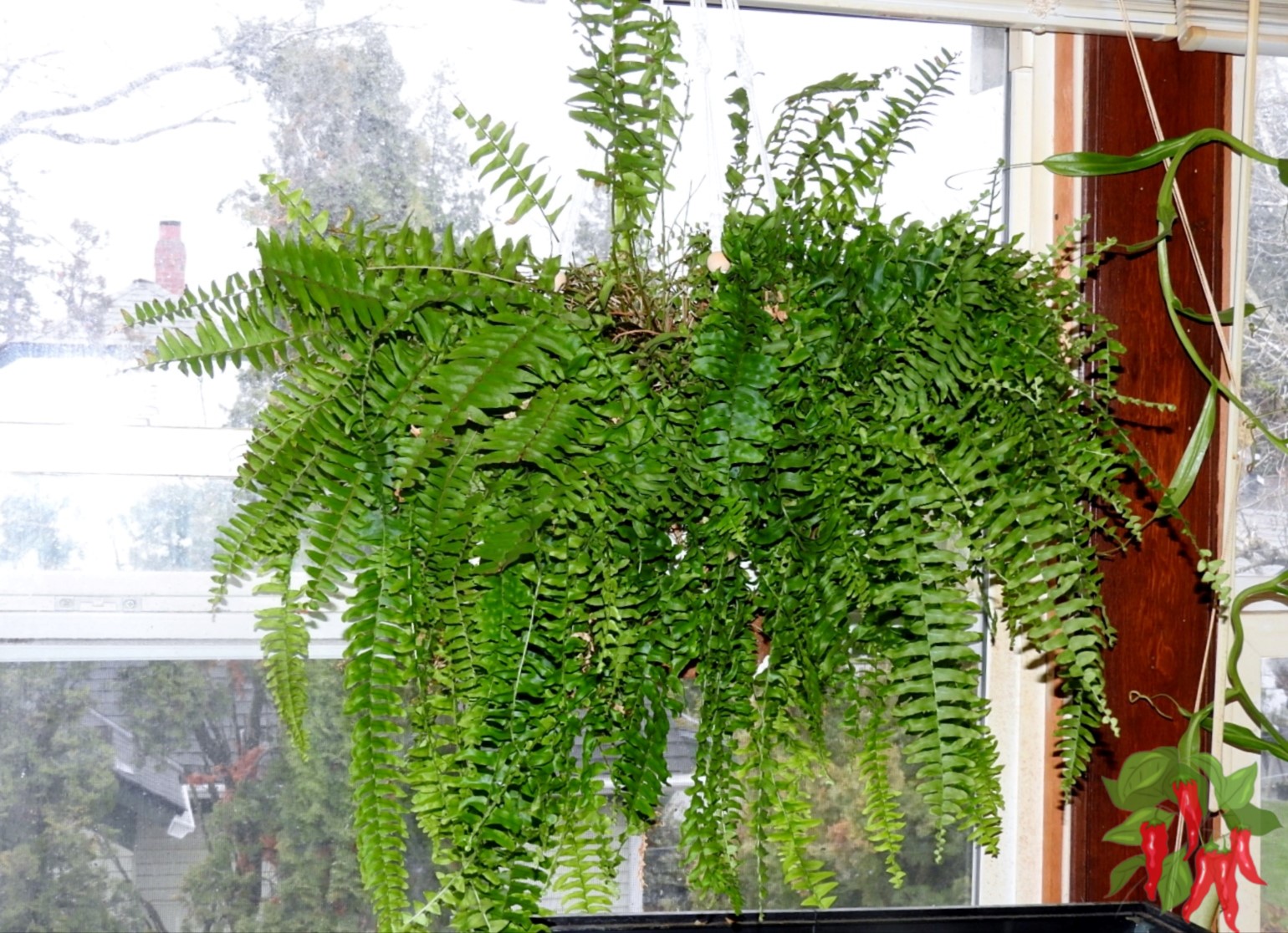This post contains affiliate links. If you buy something from one of our links we may earn a commission. Thanks
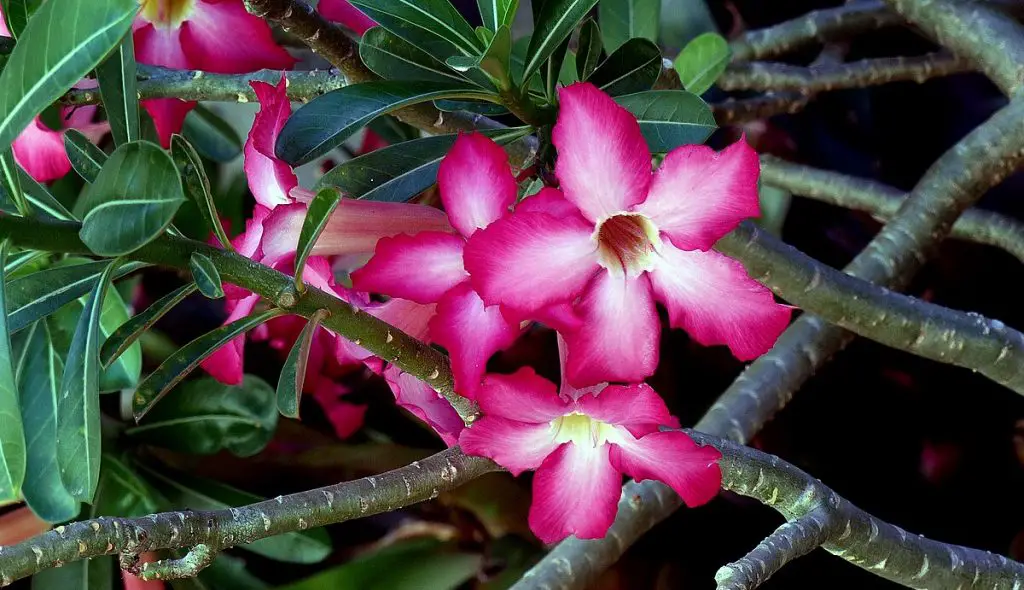
Rare and Exotic Indoor Plants can transform your home into a breathtaking botanical paradise!
Bored with the usual suspects in your plant collection? Craving something that’ll make your visitors do a double-take?
Get ready to dive into the world of unique green treasures that’ll turn your space into a conversation-starting jungle oasis.
Rare and Exotic Indoor Plants Key Takeaways
- Indoor Plant Care Tips for rare and exotic plants include:
- Providing bright, indirect light and maintaining higher humidity levels.
- Water carefully, allowing soil to dry slightly between waterings for most species.
- Research each plant’s specific needs, as requirements vary.
- Use well-draining potting mix and monitor for pests regularly to keep your unique plants thriving.
1. Why Collect Rare and Exotic Indoor Plants?
Are you ready to take your indoor jungle to the next level? Rare and exotic indoor plants are like the secret sauce of plant collecting – they add that extra wow factor that’ll make your friends go “Where did you get that?!”
These unique green gems aren’t just pretty faces; they’re conversation starters, mini-adventures in plant care, and living art all rolled into one.
Let’s dive into the world of rare plants and discover how they can transform your space from ordinary to extraordinary!
2. Top Rare and Exotic Indoor Plants
Ready to meet some plant celebrities? These rare beauties are the A-listers of the plant world:
2.1 Philodendron Melanochrysum (Black Gold Philodendron):
Imagine a plant with leaves so dark and velvety, they look like they’re made of black velvet with gold embroidery. That’s the Black Gold Philodendron for you!
 BubbleBlooms Black Gold Philo, 4 inch Philodendron melanochrysum, Very Rare houseplant
BubbleBlooms Black Gold Philo, 4 inch Philodendron melanochrysum, Very Rare houseplant
- Loves bright, indirect light
- Can grow up to three feet tall
- Needs consistent moisture and high humidity
Care tip: Wipe those gorgeous leaves gently with a damp cloth to keep them dust-free and shiny.
2.2 Monstera Obliqua:
This plant is so rare, it’s like the unicorn of the plant world. Its delicate, lace-like leaves are more hole than leaf!
 Monstera Obliqua Perú by LEAL PLANTS ECUADOR|Monstera Adansonii Swiss Cheese Plant| Live Plants Indoor|Monstera Indoor Houseplant |Monstera Live Plant Easy to Grow Indoor|Air Purifying Indoor Plant
Monstera Obliqua Perú by LEAL PLANTS ECUADOR|Monstera Adansonii Swiss Cheese Plant| Live Plants Indoor|Monstera Indoor Houseplant |Monstera Live Plant Easy to Grow Indoor|Air Purifying Indoor Plant
- Requires very careful watering (no waterlogging!)
- Needs very high humidity
- Prefers bright, indirect light
Care tip: Consider a mini greenhouse or humidity dome to keep this diva happy.
2.3 Desert Rose (Adenium Obesum):
Who says deserts can’t be colorful? This succulent produces stunning blooms that’ll make you do a double-take.
COLIBYOU Desert Rose, Adenium Obesum one Year Plant , Baby Size Bonsai Caudex (1 Rose)
- Thrives in bright, direct sunlight
- Needs well-draining soil
- Water sparingly – it’s drought-tolerant
Care tip: Let it dry out completely between waterings to prevent root rot.
2.4 Queen Anthurium (Anthurium Warocqueanum):
With leaves that can grow up to four feet long, this plant is royalty indeed!

Anthurium Warocqueanum Dark and Narrow Form Starter Plant
- Loves high humidity
- Needs frequent misting
- Prefers bright, indirect light
Care tip: A pebble tray filled with water can help boost humidity around this tropical beauty.
3. Unique and Lesser-Known Exotic Plants
Think you’ve seen it all? These quirky plants will make you think again:
3.1 Trachyandra Tortilis:
This succulent looks like it’s having a bad hair day – in the best way possible!

New Fresh 60pcs Green Trachyandra Plant Seeds Generic
- Thrives in medium indirect sunlight
- Can go weeks between waterings
- Perfect for forgetful waterers
Care tip: Plant in a shallow pot with well-draining soil to prevent overwatering.
3.2 Pseudolithos Cubiformis:
It’s a plant… it’s a rock… it’s Pseudolithos Cubiformis! This cube-shaped succulent looks more like a sci-fi prop than a plant.
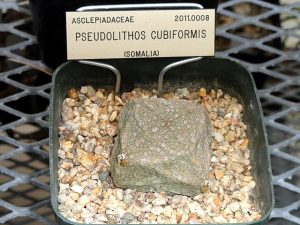
- Needs bright, indirect light
- Water sparingly – it’s prone to root rot
- Perfect for tiny spaces or desk gardens
Care tip: Use a gritty, well-draining soil mix to keep this little cube happy.
3.3 Red Butterfly Wing Plant (Christia Vespertilionis):
With leaves that look like fluttering butterflies, this plant is a true show-stopper.
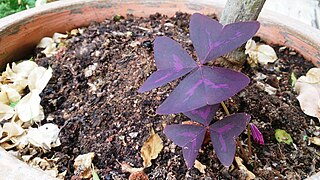
- Prefers partial shade to bright, indirect light
- Likes consistently moist soil
- Needs high humidity
Care tip: Group with other plants or use a pebble tray to increase humidity.
4. Care Tips for Rare and Exotic Indoor Plants
Caring for these green divas might seem tricky, but with a few tips, you’ll be a rare plant pro in no time!
Watering:
Most rare plants prefer to dry out a bit between waterings. Succulents like the Desert Rose can go weeks without water, while tropical plants like the Queen Anthurium need more consistent moisture.
Always check the soil before watering – if the top inch feels dry, it’s time for a drink.
Light requirements:
Bright, indirect light is the sweet spot for many rare plants. The Black Gold Philodendron and Monstera Obliqua will thrive in a bright room, but keep them out of direct sunlight to prevent leaf burn.
Humidity:
Many exotic plants are tropical divas that crave humidity. Here are some ways to keep them misty:
- Use a humidifier
- Group plants together to create a mini humid microclimate
- Place plants on pebble trays filled with water
- Mist regularly (but not too much – constant wet leaves can lead to fungal issues)
5. Creative Display Ideas for Rare Plants
Your rare plants deserve to be shown off! Here are some ideas to display them in style:
Vertical gardening:
Got a Philodendron Gloriosum or other vining plant? Let it climb! Use a moss pole, trellis, or even a DIY macramé plant hanger to show off those stunning leaves.
Terrariums:
Create a mini exotic landscape with a glass terrarium. It’s perfect for small rarities like the Trachyandra Tortilis or other petite succulents. Plus, it helps maintain humidity for moisture-loving plants.
Floating shelves:
Install some sleek floating shelves to create a living wall of rare plants. It’s a great way to save floor space and create a stunning focal point.
Statement stands:
For larger plants like the Queen Anthurium, invest in a beautiful plant stand that complements your decor. It’ll elevate your plant (literally and figuratively) and add an extra touch of style to your space.
6. Rare and Exotic Indoor Plants FAQs
Q: What are the easiest rare plants to care for?
A: For beginners, try the Desert Rose or Trachyandra Tortilis. They’re more forgiving and drought-tolerant than some of the tropical rarities.
Q: Where can I buy rare indoor plants?
A: Check out specialty online plant shops, local rare plant nurseries, or join plant swap groups. Always buy from reputable sellers to ensure you’re getting healthy, ethically sourced plants.
Q: How do I increase humidity for tropical plants?
A: Use a humidifier, group plants together, place them on pebble trays filled with water, or mist regularly. For very humidity-loving plants, consider creating a mini greenhouse setup.
7. Conclusion: Indoor Plant Care Tips
Mastering the Art of Exotic Plant Care
As we wrap up our journey through the world of rare and exotic plants, let’s recap some key points to help you keep your unique green friends happy and healthy.
Light Love
Finding the right light balance is crucial. Most rare plants thrive in bright, indirect light, so find that sweet spot in your home.
Humidity Haven
Many exotic beauties crave higher humidity. Consider grouping plants, using pebble trays, or investing in a humidifier to keep them misty and content.
Watering Wisdom
The golden rule: research your plant’s specific needs. Generally, allow the soil to dry slightly between waterings to prevent root rot.
Soil Savvy
Use well-draining potting mixes tailored to your plant’s needs. Some exotics might require special blends to truly flourish.
Key Takeaways:
• Research each plant’s specific care requirements before bringing it home
• Provide bright, indirect light for most rare and exotic plants
• Maintain higher humidity levels through various methods
• Water carefully, avoiding overwatering which can lead to root issues
• Use appropriate, well-draining potting mixes
• Monitor for pests regularly, as some rare plants can be more susceptible
• Be patient – many exotic plants grow slowly but are worth the wait
• Enjoy the process of learning about and caring for your unique green friends
By following these Indoor Plant Care Tips, you’ll be well on your way to creating a thriving, jaw-dropping collection of rare and exotic plants. Remember, every plant is an adventure – embrace the learning process and watch your botanical paradise grow!
Rare and Exotic Varieties-Embracing the Extraordinary
As we’ve explored, rare and exotic indoor plants offer a whole new world of botanical wonders. From the velvety leaves of the Black Gold Philodendron to the otherworldly shapes of the Pseudolithos Cubiformis, these plants bring a touch of the extraordinary to your everyday life.
A Journey of Discovery
Collecting rare plants is more than just a hobby – it’s a journey of discovery. Each new plant brings its own challenges and rewards, teaching you more about the incredible diversity of the plant kingdom.
Creating Your Own Botanical Wonderland
Whether you’re drawn to the lush tropical vibes of Anthuriums or the quirky charm of twisted succulents, there’s a rare plant out there that’s perfect for your space. Don’t be afraid to experiment and find your own unique plant style!
Key Takeaways:
• Rare plants add unique visual interest and become talking points in your home
• Many exotic plants require specific care, including high humidity and careful watering
• Research each plant’s needs before bringing it home to ensure you can provide the right care
• Get creative with displays – use vertical space, terrariums, or statement stands to showcase your rare beauties
• Start with easier rare plants if you’re new to exotic varieties
• Always buy from reputable sellers to ensure healthy, ethically sourced plants
• Remember, caring for rare plants is a learning process – enjoy the journey!
By bringing these rare and exotic indoor plants into your home, you’re not just decorating – you’re creating a living, breathing gallery of nature’s most fascinating creations. Happy plant collecting!
Learn more: Great Indoor Houseplants
🌿 Indoor Houseplant Guides
Discover the best ways to grow, style, and care for indoor houseplants of all types, from tropicals to pet-safe picks.
- 🌱 Great Indoor Houseplants (Pillar Guide)
- 🐾 Pet-Friendly Indoor Plants
- 💧 Watering Indoor Plants
- 🌴 Tropical Indoor Plants
- 🌟 Rare & Exotic Indoor Plants
- 🐕 Pet-Safe Indoor Plants
- 🌳 Indoor Trees & Large Plants
- 🏢 Indoor Plants for Offices
- 🚿 Indoor Plants for Bathrooms
- 🪴 Indoor Plant Care Tips
- 🌿 Indoor Hanging Plants (Ultimate Guide)
- 🌸 Best Flowering Indoor Plants for Beginners
- ⚡ Fast-Growing Indoor Plants
- 🌵 Drought-Tolerant Indoor Plants
- 🪞 Best Planters & Pots for Indoor Plants
- See all articles in our Indoor Houseplants category
Related Content
Visit my Amazon Influencer Page for videos and gardening products Grow Your Own Garden


